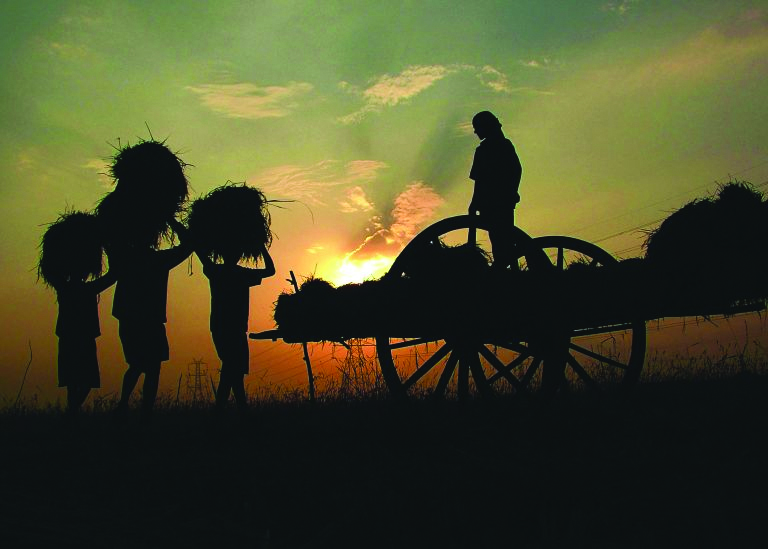Natabar Khuntia
The government of Odisha launched Krushak Assistance for Livelihood and Income Augmentation(KALIA) scheme just before General Elections-2019 with the objective of win farmers’ support. But before implementing such a scheme involving crores of rupees of taxpayers’ money the government should have conducted a study for proper utilisation of money. While launching the scheme, the government declared that 32 lakh farm families — 30 lakh among them small and marginal farmers —would get assistance of Rs 10,000 per year in two, equal half-yearly instalments to meet cultivation expenses. But according to the 2010-11 agriculture census,the state has 42.67 lakh small and marginal farmers out of the 46.67 farmers in all.The government distributed money arbitrarily then and has now admitted that many ineligible persons were also given KALIA assistance. It has asked such beneficiaries to return the money.
But who hadidentified the beneficiaries in the first place? Was it not a government agency? Initially, the scheme has provisions for 30 lakh small and marginal farmers, 10 lakh landless agricultural labourers and another 10 lakh invalid and aged farmers unable to undertake farming. That meant 50 lakh beneficiaries in all.
But in Budget 2019-20, the government provided Rs5,200 crore to 75 lakh beneficiaries without providing details of classification of beneficiaries. The government is also often saying that sharecroppers would also be included in the scheme.But according to the Land Reforms Act, leasing of land for sharecropping is illegal.Without amending the Act, how can a government identify share-croppers?
Recently, the minister for agriculture has informed the media that among the 52 lakh beneficiaries of KALIA scheme some are not eligible and that eligibility verification process has been extended to August 27 as it could not be completed by the date fixed earlier.Till now the papers of 13 lakh beneficiaries have been verified, and of them 70,000 are ineligible and verification is on for another 38 lakh farmers. The ineligible beneficiaries would be asked to refund the money they were paid earlier.
It appears from the goings-on that the government was in a hurry to implement the ill-conceived scheme without proper homework.The ongoing verification,and notices to ineligible beneficiaries seeking return of money paid to them, the selection of beneficiariesand the identification of share-croppers would raise many questions. Political parties in the Opposition, farmers’ associations, farmer-centric activists and legal activists would now confront the government for its improper implementation of the scheme.
Again, the central government also launched a similar scheme — the Pradhan Mantri Kisan Samman Nidhi (PM-KISAN) — just before the election with similar objective to owe farmers by distributing money — Rs 6,000 per farmer annually in three equal instalments.
For PM-KISAN, state governments must provide its list of farmers to the Union government to enable them to remit money through bank accounts of beneficiaries. But when the Odisha government is not in a position to finalise a farmers’ list of its own for distribution of money for KALIA, how can it provide a list to the Centre? Farmers of Odisha are, therefore, also being denied central assistance under PM-KISAN.
Any responsible government would never launch a scheme that is considered a flagship by them spending a sizeable portion of a depleted state exchequer.In sum, KALIA, instead of playing a positive role in augmenting income may spoil the broth for different categories of farmers in rural Odisha.
The writer is an agro banker and columnist.
